Pepper plants are an excellent addition to any garden or kitchen. They are relatively easy to grow, and their fruits can be used in various dishes.
However, one common problem that gardeners face is the discolouration of pepper plant leaves turning white, which turn white. This can be alarming, as it may signal a serious issue with the plant’s health. It is important to identify the underlying cause of the problem and take appropriate measures to address it.
This may include pruning affected leaves, applying fungicides or pesticides, adjusting watering and fertilization practices, and improving air circulation around the plants. Gardeners can help ensure their pepper plants remain healthy and productive by taking prompt action.
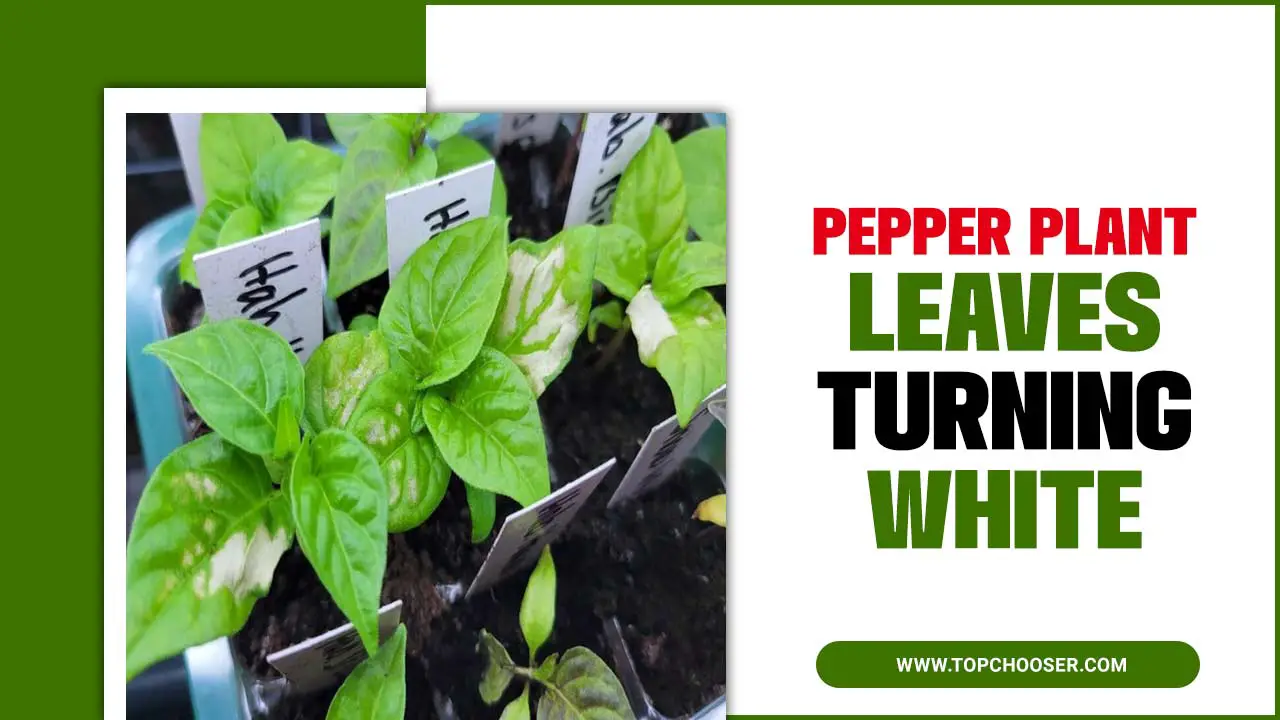
Symptoms Of White Leaves On Pepper Plants
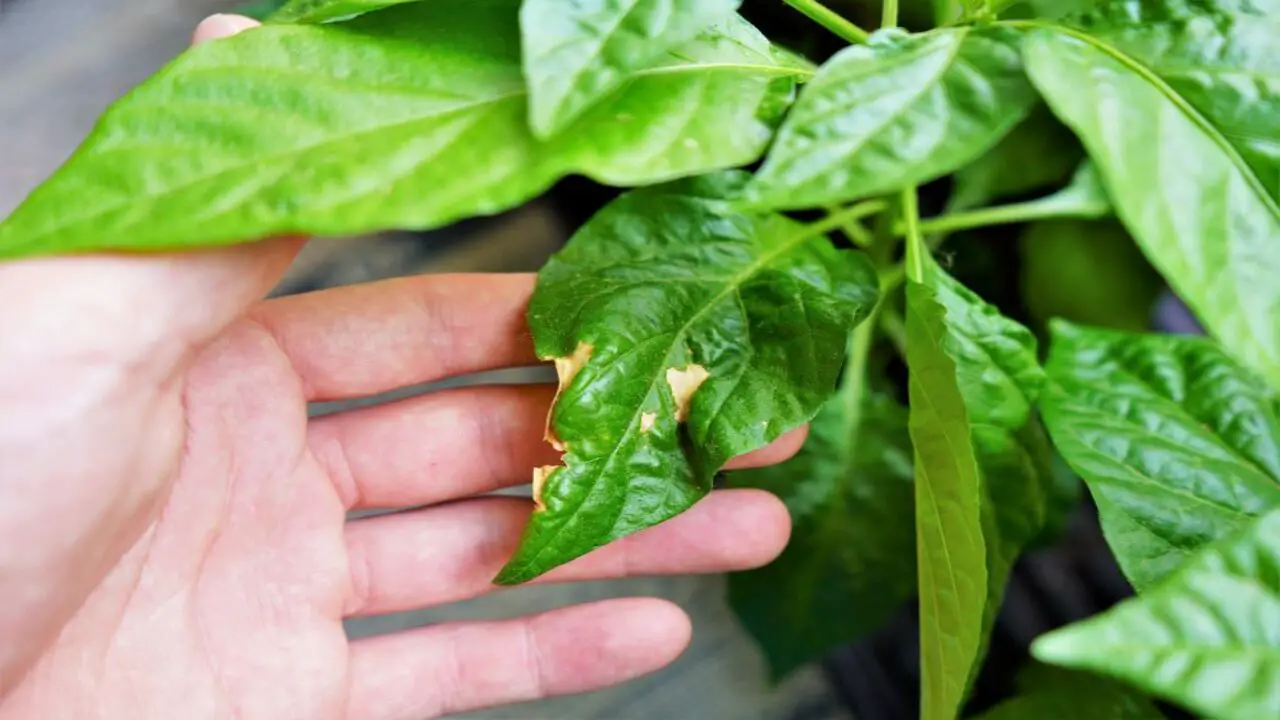
White leaves on pepper plants can indicate several issues. It could be due to powdery mildew, a fungal disease that thrives in humid conditions. It can also signify sunburn when pepper plants are exposed to direct sunlight for too long.
Another possible cause is spider mites, tiny pests that suck the sap from the leaves, causing them to turn white. It could be a nutrient deficiency, such as a lack of magnesium or zinc. It’s important to identify the underlying cause and take appropriate measures to treat the problem and prevent further damage.
Causes Of White Leaves On Pepper Plants
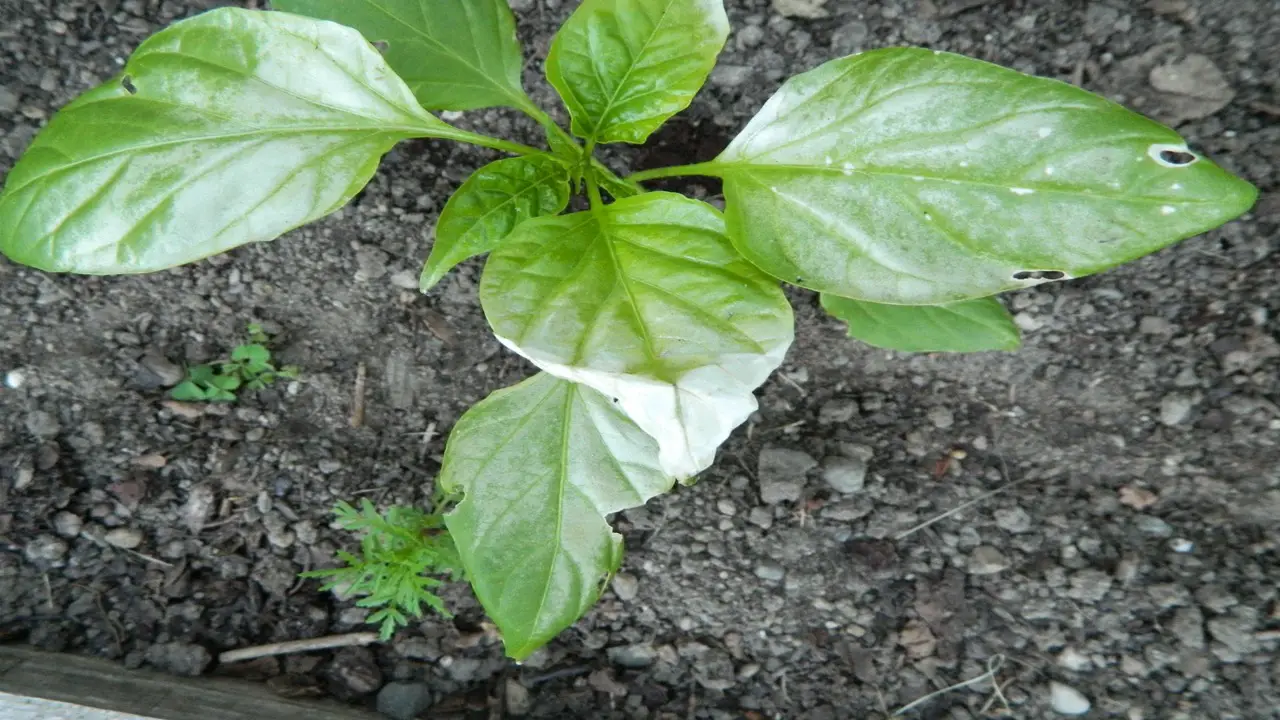
Various factors can cause white leaves on pepper plants. Identifying the specific cause of white leaves on pepper plants is important to take appropriate measures for treatment or prevention. It may require adjusting environmental conditions, improving plant care, or addressing pest or disease issues. Here are some common causes:
- Sunburn: Excessive exposure to intense sunlight can cause the leaves to develop white or bleached patches. This is particularly common during hot summer days without sufficient shade or protection.
- Powdery Mildew: Fungal infections like powdery mildew can cover the leaves with a white, powdery substance. This can inhibit photosynthesis and lead to leaf discolouration.
- Pests: Infestations of pests such as aphids or whiteflies can cause damage to the leaves, resulting in white or pale spots. These pests feed on the plant’s sap, weakening the leaves and affecting their colour.
- Nutrient Deficiencies: Certain nutrient deficiencies, such as calcium or magnesium, can cause white spots or patches on pepper leaves. Inadequate nutrient uptake affects leaf health and colouration.
- Herbicide Damage: Exposure to herbicides, either through direct contact or spray drift, can cause white discolouration or bleaching on pepper leaves. Be cautious when using herbicides near pepper plants.
How To Prevent Pepper Plant Leaves Turning White
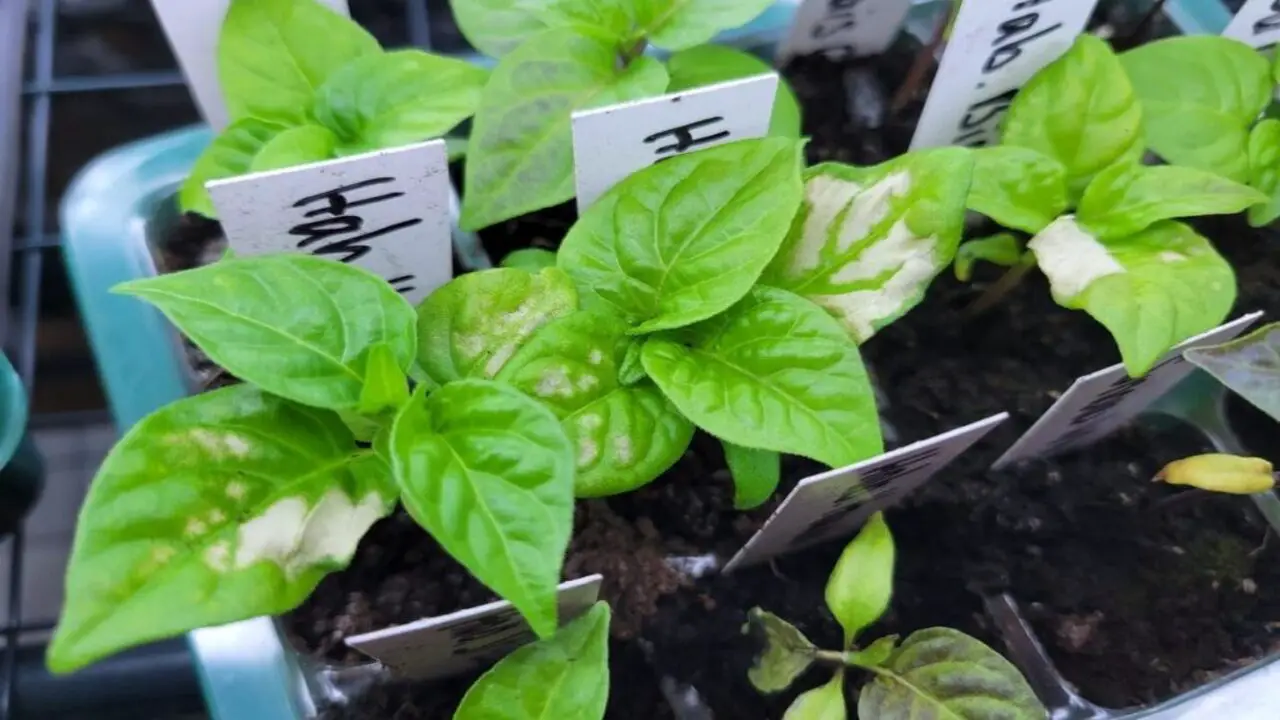
Plant leaves turning white is a common problem that can affect the health and productivity of your pepper plants. Pepper leaves turn white when the plant is stressed or unhappy, and several possible causes exist for this condition. Here are some tips on how to prevent pepper plant leaves turning white.
Proper Watering Techniques
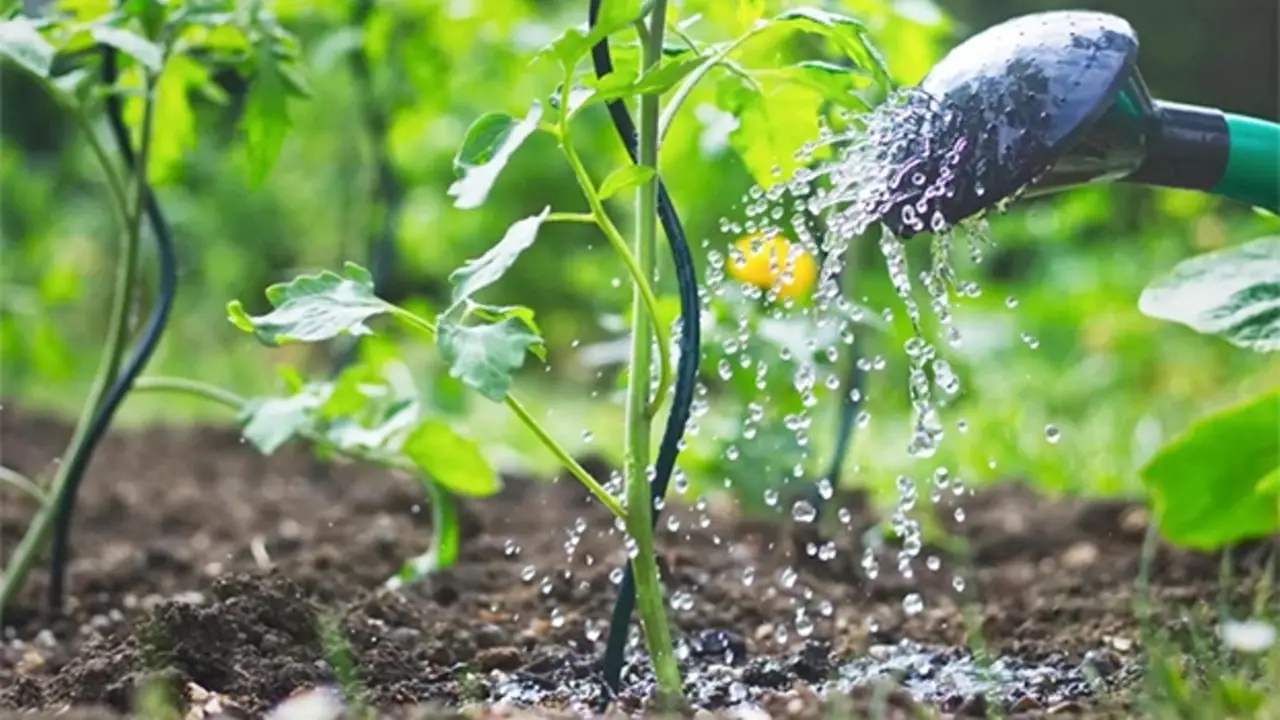
One of the most important factors that can affect leaves turning white is proper watering techniques. Pepper plants need consistent and moderate watering to grow well. They do not like too wet, dry, compacted, or salty soil. If your soil is poor quality, it will not provide enough water or oxygen for your pepper plants. This will stress your pepper plants and cause their leaves to turn white.
This problem is to water your pepper plants correctly and appropriately. Also, need to water your pepper plants with warm water in the early morning or evening hours. You should avoid watering your pepper plants in the middle of the day, as this can scorch or burn their leaves.
You should also avoid watering your pepper plants with cold water, as this can shock or stress them. Also, you should check the soil moisture by pushing a finger 2-4 inches into the soil. You should water your pepper plants only when the soil is dry up to two inches.
Soil Ph Testing And Adjustment
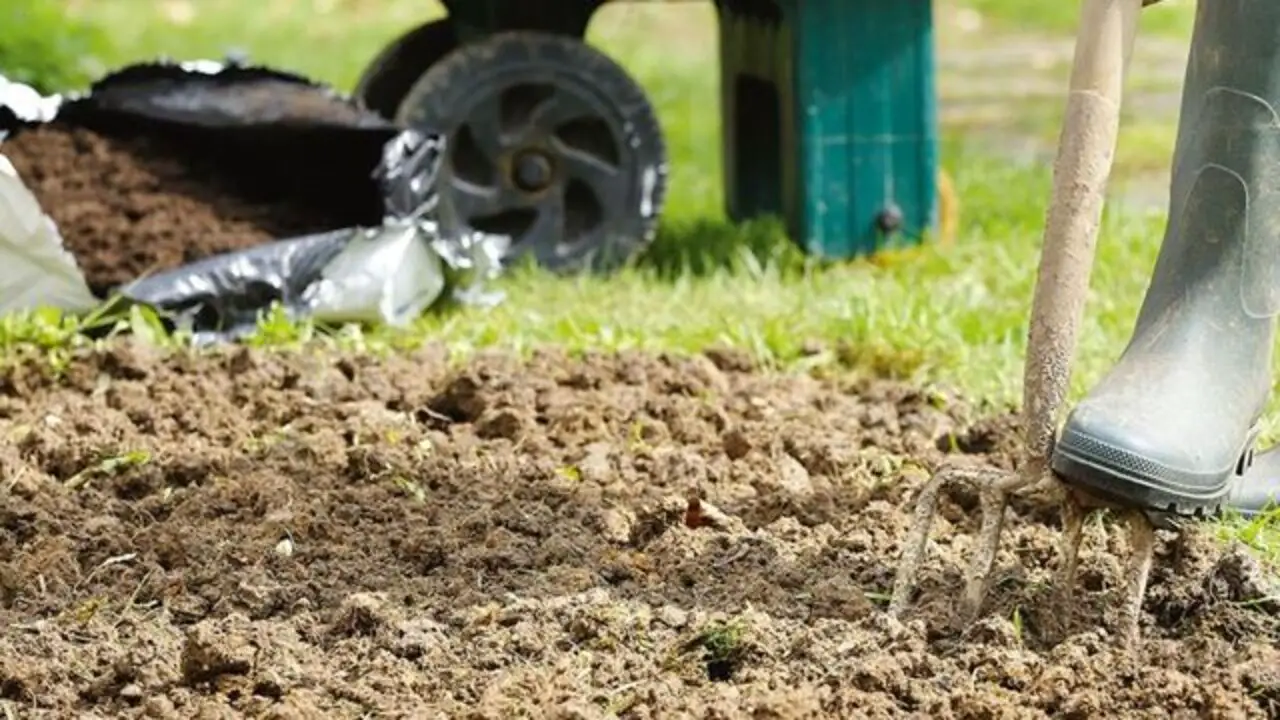
Another factor affecting leaves turning white is soil pH testing and adjustment. Pepper plants need slightly acidic soil to grow well. They do not like soil that is too alkaline or neutral. If your soil pH is out of range, it will not provide enough nutrients for your pepper plants.
This will stress your pepper plants and cause their leaves to turn white. This problem is to test your soil pH using a kit or a meter and adjust it accordingly using lime or sulfur. You should aim for a soil pH of 5.5 to 6.5 for optimal growth of your pepper plants.
You should test your soil pH before planting your pepper plants and during the growing season every few weeks. Also, you should add lime to raise the soil pH or sulfur to lower the soil pH according to the instructions on the package.
Use Of Appropriate Fertilizers And Nutrients
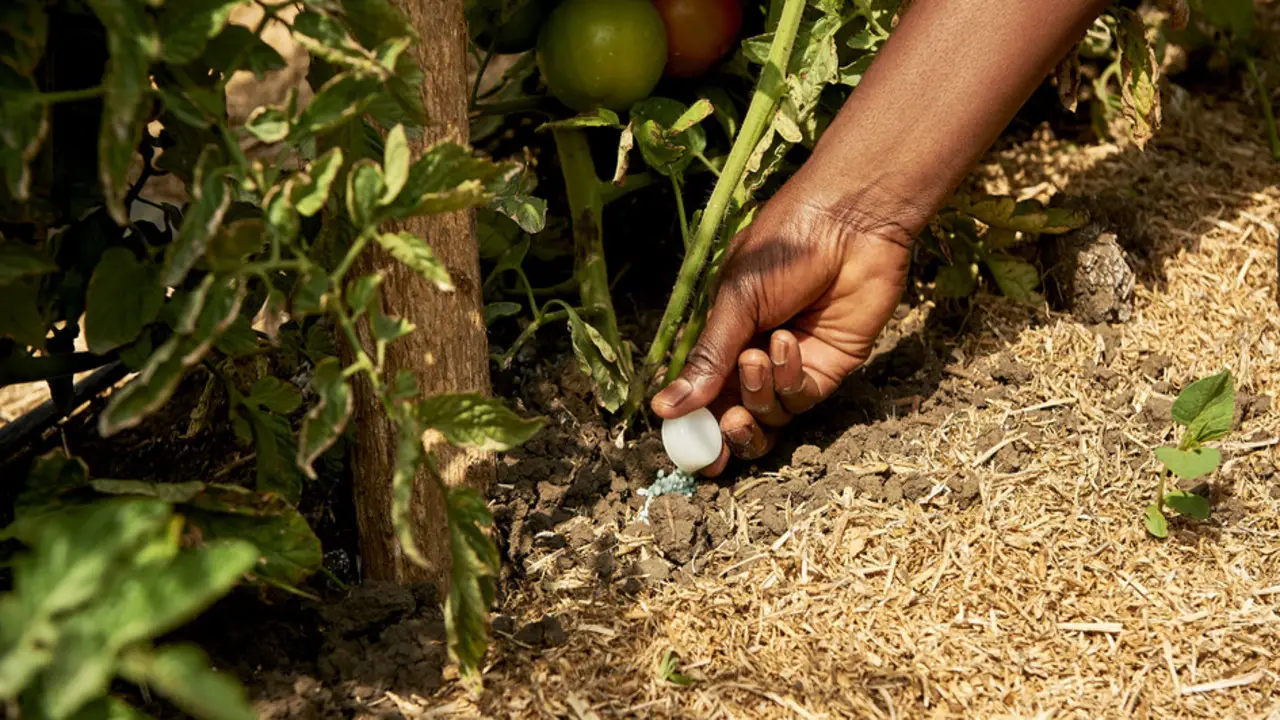
Another reason why leaves turn white is the use of appropriate fertilizers and nutrients. Pepper plants need moderate amounts of fertilizer to grow well, as they are heavy feeders that need a lot of nutrients to produce their fruits. However, too much or too little fertilizer can also harm your pepper plants and cause their leaves to turn white.
This problem is to fertilize your pepper plants correctly and moderately. You should use a balanced organic fertilizer, such as compost tea or fish emulsion, every 4 to 6 weeks during the growing season. You should avoid using chemical fertilizers or fertilizers that are high in nitrogen, as they can burn or overstimulate your pepper plants and cause their leaves to turn white.
Adequate Sunlight Exposure
Another cause of leaves turning white is adequate sunlight exposure. Pepper plants need full sun to partial shade to grow well. They dislike direct sunlight, which can scorch or burn their leaves. They also dislike low light, which can reduce their growth and vigour.
To this problem is to provide proper sunlight exposure for your pepper plants. You should place your pepper plants in a spot that receives at least 6 hours of indirect sunlight daily, such as near a window with a sheer curtain or a skylight. Also, you should avoid placing your pepper plants in direct sunlight, especially during the day’s hottest hours. You should also avoid placing your pepper plants in a dark or shady spot, such as a corner or a closet.
Regular Pest And Disease Control Measures
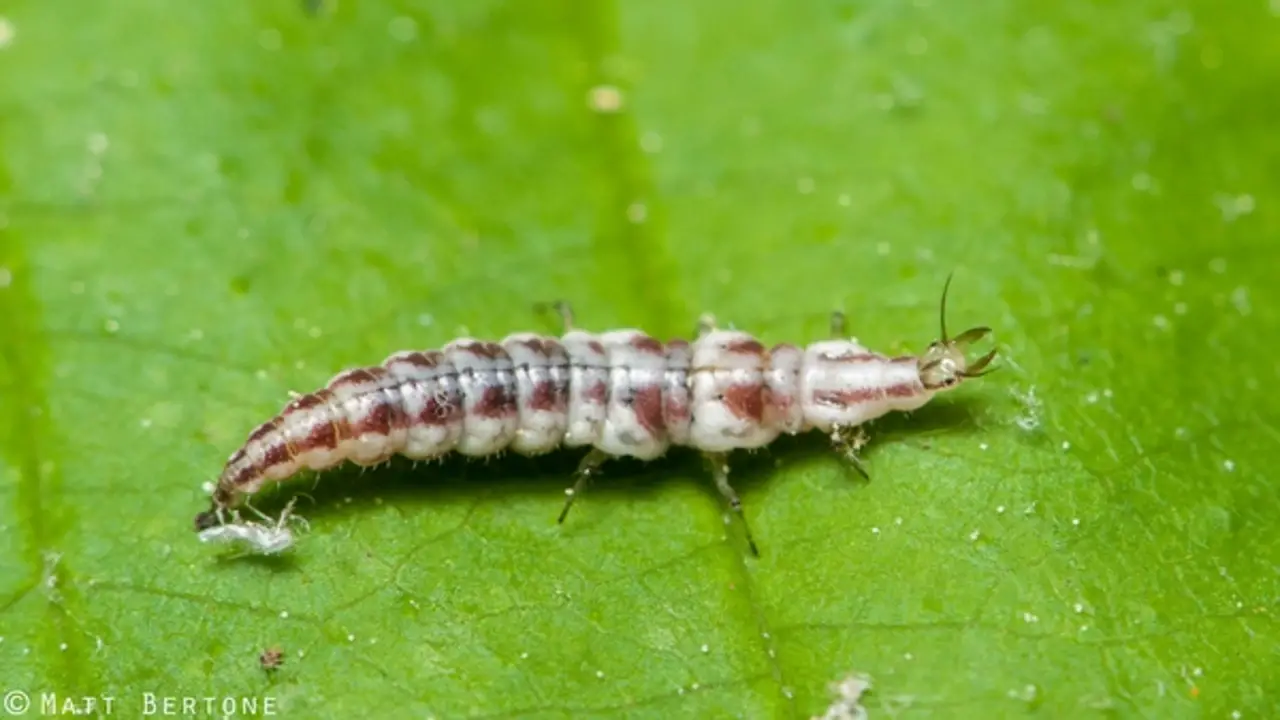
Another factor that can affect leaves turning white is regular pest and disease control measures. Pepper plants can be attacked by various pests and diseases that can damage their leaves or roots, such as aphids, scale insects, spider mites, thrips, root-knot nematodes, or borers. These pests and diseases can stress your pepper plants and cause their leaves to turn white.
This problem is to protect your pepper plants from pests and diseases and manage them promptly. You should inspect your pepper plants regularly for any signs of pest or disease infestation and treat them accordingly with organic or natural remedies, such as neem oil, insecticidal soap, or diatomaceous earth.
You should also practice good hygiene and sanitation, such as removing debris or weeds from your pepper plant area and sterilizing your tools or equipment.
Avoiding Overcrowding Of Plants
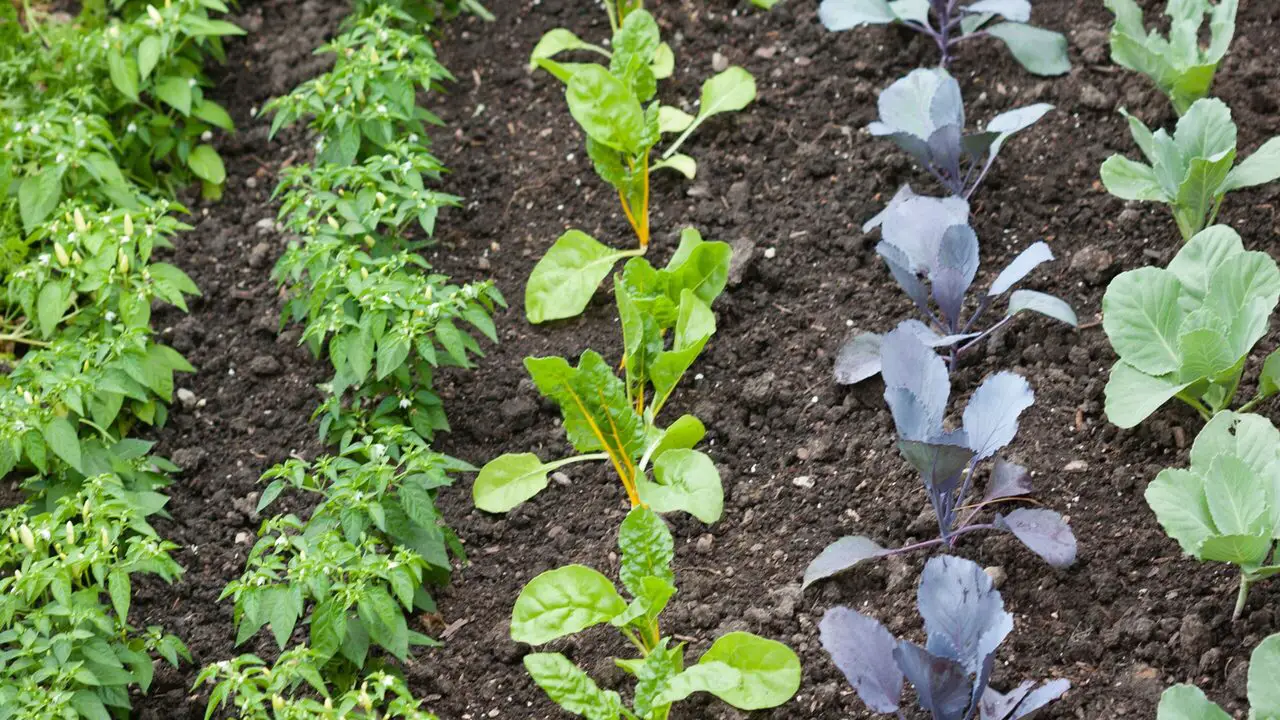
Another reason why leaves turn white is to avoid overcrowding of plants. Pepper plants need enough space and air circulation to grow well. They do not like being crowded or suffocated by other plants. If your pepper plants are too close together, they will compete for resources and create a humid environment that can promote fungal growth.
This will stress your pepper plants and cause their leaves to turn white. To this problem is to avoid overcrowding your pepper plants and provide them with enough space and air circulation. You should thin out your pepper plants if they are too dense or transplant them to a larger pot or container if they are root-bound.
It also prunes your pepper plants to remove dead, diseased, damaged, or infected leaves and branches that can affect their health and appearance. You should also keep your pepper plants away from others that can shade or smother them.
Monitoring And Adjusting Temperature Fluctuations
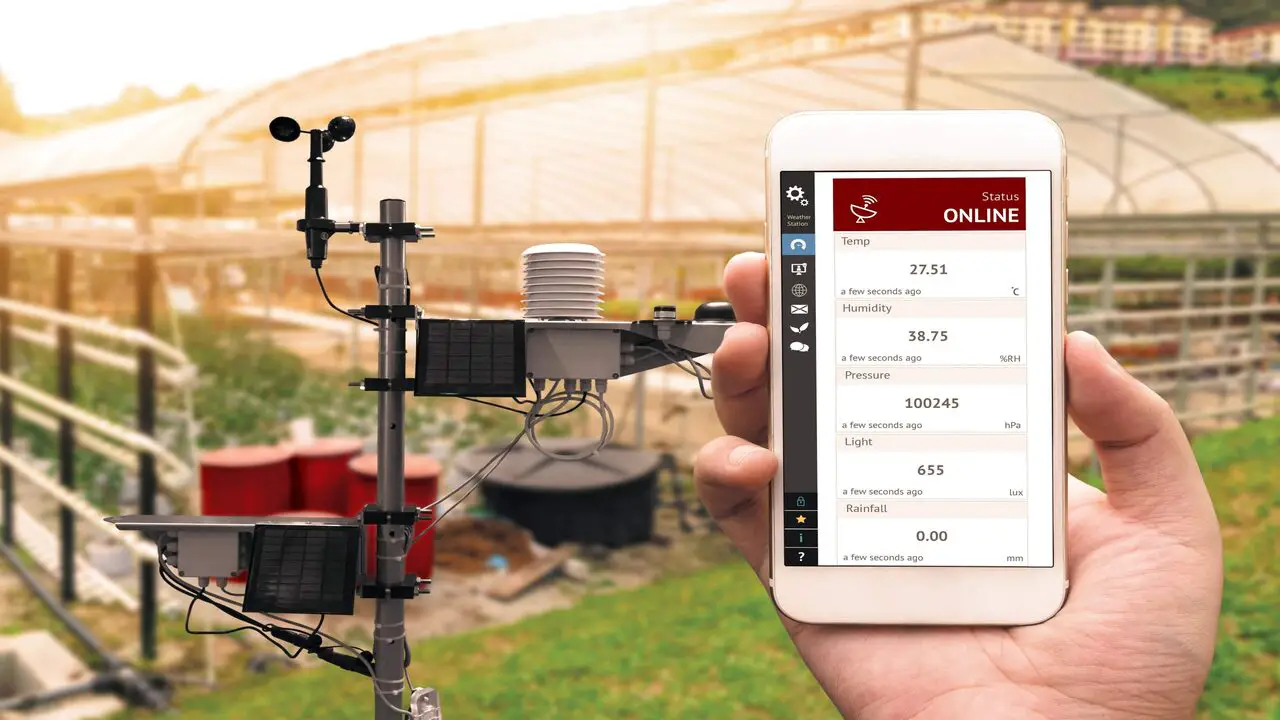
Another cause of leaves turning white is monitoring and adjusting temperature fluctuations. Pepper plants need warm and consistent temperatures to grow well, as they are sensitive to cold or frost. They do not tolerate temperatures below 50°F (10°C) or above 85°F (29°C), as this can shock or stress them and cause their leaves to turn white.
The solution to this problem is to monitor and adjust the temperature around your pepper plants and protect them from extreme temperatures. You should bring your pepper plants indoors if the temperature drops below 50°F (10°C) or if there is a risk of frost.
It also protect your pepper plants from cold drafts, such as air conditioners, fans, or windows. You should also avoid placing your pepper plants near heat sources, such as radiators, heaters, or ovens.
Pruning And Removing Affected Leaves
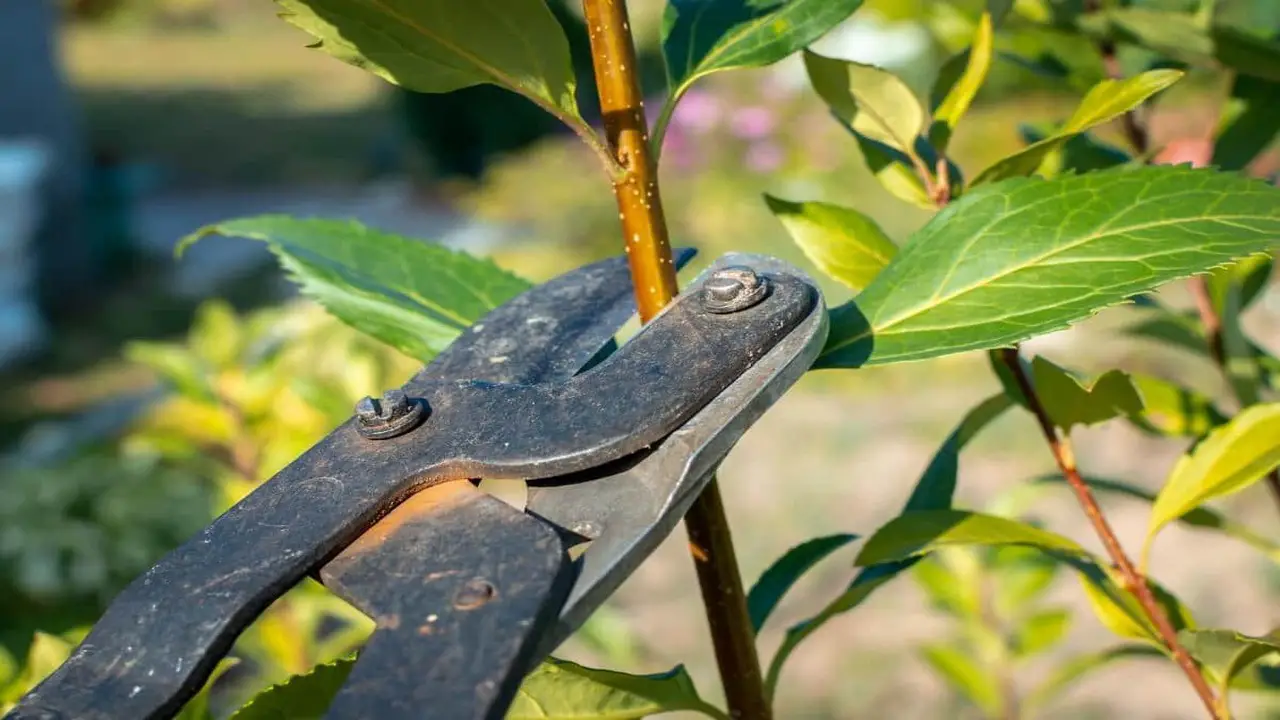
The final step to prevent leaves from turning white is pruning and removing affected leaves. Pruning and removing affected leaves can help prevent the spread of pests and diseases that can cause white spots on your pepper plant leaves.
It can also help improve the appearance and health of your pepper plants by removing any dead, diseased, damaged, or infected leaves that can affect their photosynthesis and respiration. This problem is to prune and remove affected leaves from your pepper plants regularly and carefully.
It uses sharp and clean scissors or pruners to cut off any affected leaves at their base. You should also dispose of the affected leaves properly by burning them or throwing them in the trash. You should avoid composting or leaving them on the ground, as this can spread pests or diseases to other plants.
Conclusion
The phenomenon of pepper plant leaves turning white clearly indicates an underlying issue that needs to be addressed to achieve successful growth and harvest. The specificity of the symptom provides a useful tool for diagnosing the problem and taking appropriate action.
Neglecting the issue can result in a decline in crop yield, which can have significant economic and social consequences. Furthermore, successfully addressing the issue can lead to increased success and productivity in the long run.
Therefore, it is important for farmers and home gardeners alike to be aware of the significance of leaves turning white and to take appropriate measures to ensure the health and vitality of their crops. By doing so, they can reap the benefits of a thriving garden and contribute to the overall success of the agricultural industry.
FAQ’s
[rank_math_rich_snippet id=”s-51db6968-a7d9-4db1-bf42-3ac4741e19dd”]

I am passionate about home engineering. I specialize in designing, installing, and maintaining heating, ventilation, and air conditioning systems. My goal is to help people stay comfortable in their homes all year long.
